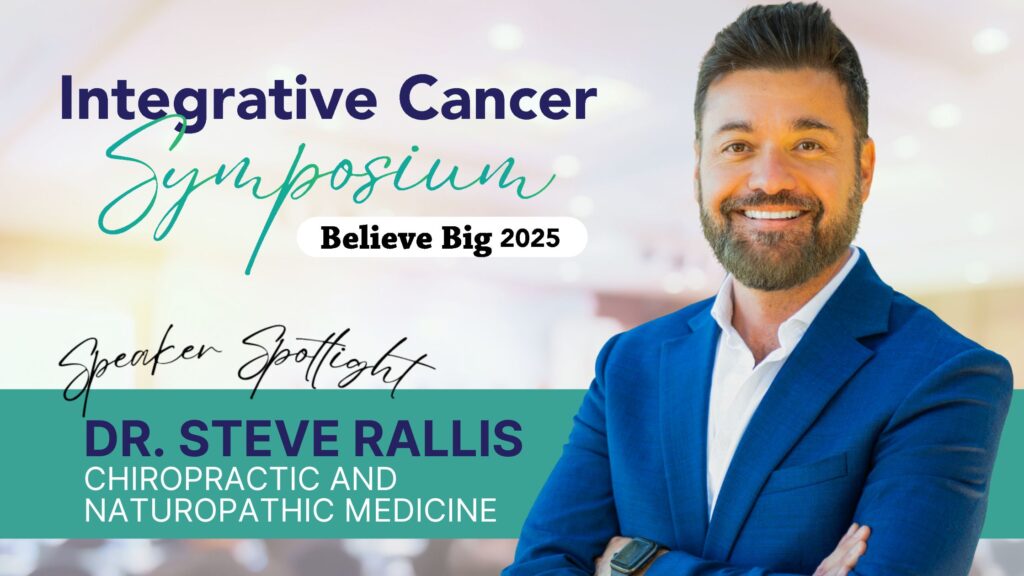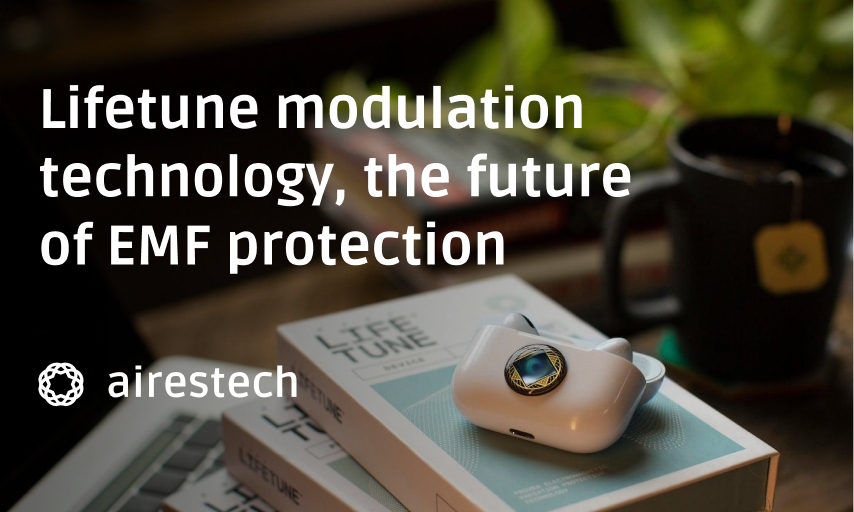The Power of IV Vitamin C in Integrative Cancer Care: Insights from Dr. Steve Rallis

Cancer care is evolving, and integrative therapies are at the forefront of helping patients improve outcomes, reduce side effects, and maintain quality of life.
At the Believe Big Integrative Cancer Symposium Dr. Steve Rallis—licensed in both chiropractic and naturopathic medicine, adjunct faculty at Trinity Medical School, Chief Medical Officer for The Drip Bar in Canada and the U.S., and author of When Oranges Become Apples—shared compelling insights on the role of IV vitamin C in oncology.
Rethinking Cancer Treatment Beyond the Standard Model
Traditional oncology is often built around the somatic mutation theory, which explains only about 5% of cancers. Dr. Rallis highlighted the importance of viewing cancer as a disease of the “seed and soil,” where multiple factors interact. This broader understanding opens the door to integrative approaches that support the body while conventional treatments fight the cancer.
IV Vitamin C: From Research to Real-World Impact
Most people think of vitamin C as an antioxidant. But when delivered intravenously at high doses, it behaves differently. IV vitamin C generates hydrogen peroxide in the body—making it selectively toxic to cancer cells while leaving healthy cells unharmed.
This distinction explains why oral vitamin C is not effective in cancer care. Blood levels achieved through oral dosing peak at ~220 micromolar, far below the therapeutic threshold of 300 micromolar. Only IV vitamin C can achieve the necessary 10,000+ micromolar levels for anti-cancer activity.
A Look Back: Linus Pauling’s Groundbreaking Work
In the 1970s, Scottish surgeon Dr. Ewan Cameron and Nobel laureate Linus Pauling studied IV vitamin C in end-stage cancer patients. Their research, published in the Proceedings of the National Academy of Sciences, showed patients lived three times longer compared to controls.
While subsequent studies at the Mayo Clinic dismissed these findings, later pharmacokinetic research in the early 2000s clarified why: oral vitamin C was mistakenly used instead of IV dosing. The result? Decades of confusion and lost opportunities for patients.
Benefits of IV Vitamin C in Cancer Care

You can purchase the replay online today! https://www.believebig.org/symposium
Dr. Rallis emphasized that IV vitamin C is not a cure—but it is a powerful supportive therapy when combined with conventional treatments. Benefits include:
- Increased effectiveness of chemotherapy by depleting tumor glutathione
- Reduced toxicity of chemo by protecting healthy cells
- Support for immune function, helping the body mount its own defense
- Improved quality of life, with reductions in pain, fatigue, and organ damage
He also noted that aggressive cancers, including KRAS-positive colorectal cancers and BRAF-driven tumors, often respond most favorably to IV vitamin C and other integrative therapies.
Integrative Care: More Than One Therapy
Using IV vitamin C alone is not enough. As Dr. Rallis explained:
“What makes a successful Thanksgiving dinner? It isn’t one thing—it’s the turkey, the stuffing, the people, the environment. Cancer care is the same way.”
A comprehensive approach may include mistletoe therapy, metabolic therapies, nutrition changes, off-label medications, and supplements—all working together to help patients heal.
The Future of Cancer Treatment
As more studies confirm the synergy between IV vitamin C and conventional therapies, Dr. Rallis is hopeful for the future:
- Chemotherapy may be used at lower, less toxic doses
- Supportive therapies can protect the immune system
- Patients can experience longer survival and better quality of life
His message was clear: integrative oncology is not optional—it is essential.
Resources
- Book: When Oranges Become Apples: What Your Oncologist Won’t Tell You About IV Vitamin C in Cancer by Dr. Steve Rallis
- Research:
- Cameron & Pauling (1976) Proceedings of the National Academy of Sciences – IV Vitamin C and cancer survival
- Mayo Clinic studies (1979–1980) – flawed oral vitamin C trials
- Early 2000s pharmacokinetic studies showing IV dosing is essential
- Complementary therapies: mistletoe, metabolic therapies, hyperbaric oxygen, curcumin, berberine, doxycycline, artesunate





